Almost everyone loves drugs. Whether it’s a cigarette break after a high-powered business meeting or a cold beer after a hot day on the job, people love their intoxicants.
But that’s not a human invention. From shrooming reindeer to beer-fueled elephants, the animal kingdom is filled with addicts. Experts say that wild animals deliberately consume plants, bugs and other substances that offer chemical highs as part of their natural behavior. Here are seven animals that love the magic of intoxication even more than we do!
Bighorn Sheep Suck Rocks for Lichen
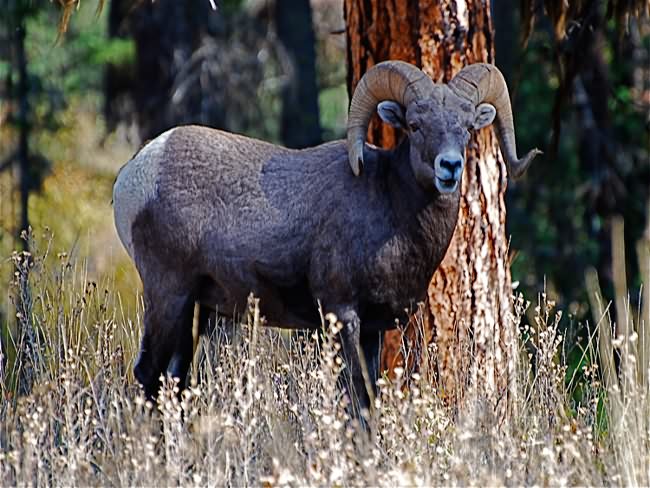
In the vast wilderness of the Canadian Rockies lives a unique species of yellow-green lichen that will twist you right up.
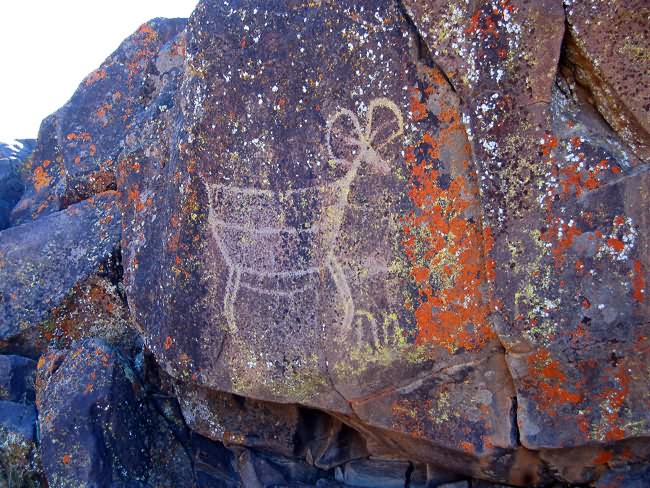
The lichen are extremely rare (it can take decades for them to grow over a single rock) and only grow in very inhospitable regions of the Rockies. Despite the fact that it is dangerous to get at and contains no nutritional value, the sheep will risk life and limb to get some. Once they reach the lichen, they will rub their teeth down to the gum line to scrape off every last bit of it.

How Common Is It? Not very. Narcotic lichen is rare and only grows in some desolate parts of the Rockies. Barring the creation of some sort of sheep-based drug cartel, addiction rates should remain low.
Capuchin Monkeys and Hallucinogenic Millipedes
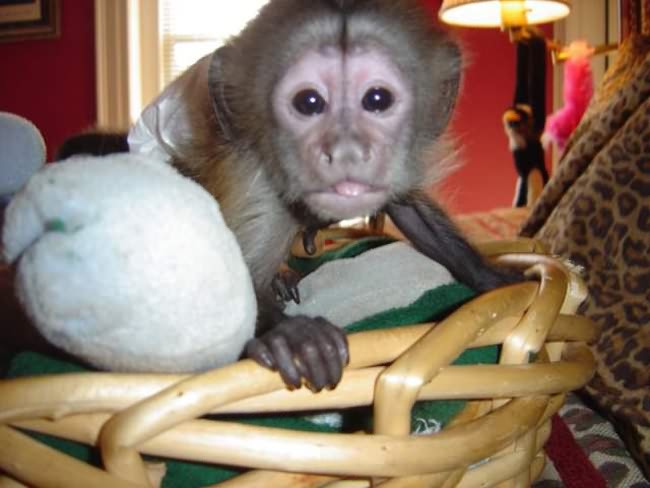
Yes, both capuchin monkeys in South America and lemurs in Madagascar have learned how to get high off of passing insects. Apparently, several species of millipedes squirt out a poisonous compound when agitated. By covering themselves with the poison, lemurs and monkeys are able to ward off parasitic insects and get a delightful narcotic buzz.
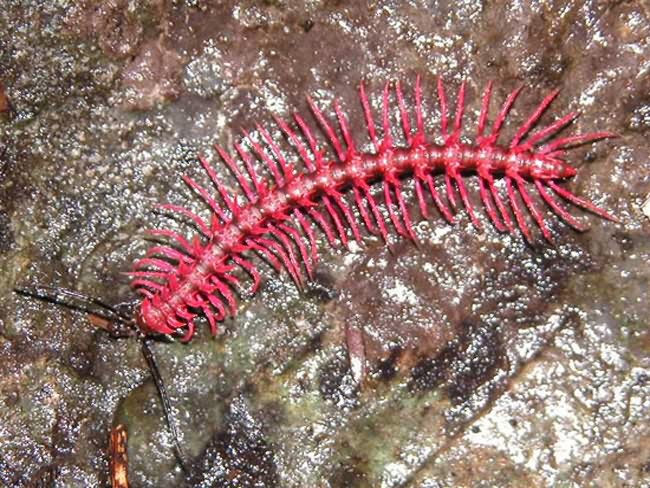
Unfortunately, millipede venom is also filled with cyanide, which is deadly to pretty much everything. Of course the risk of agonizing death has never stopped anyone from getting high, so the capuchins (one of mankind’s closest relatives) gather in huge groups and swap hits of ‘pede. It’s like a frat party, but with slightly more flinging of feces.
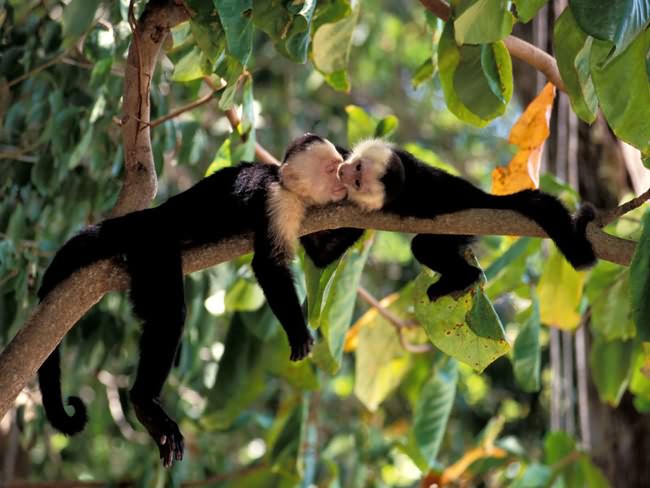
How Common Is It? All the capuchins do it. Well, all the cool ones, anyway.
Elephants Are Angry Drunks
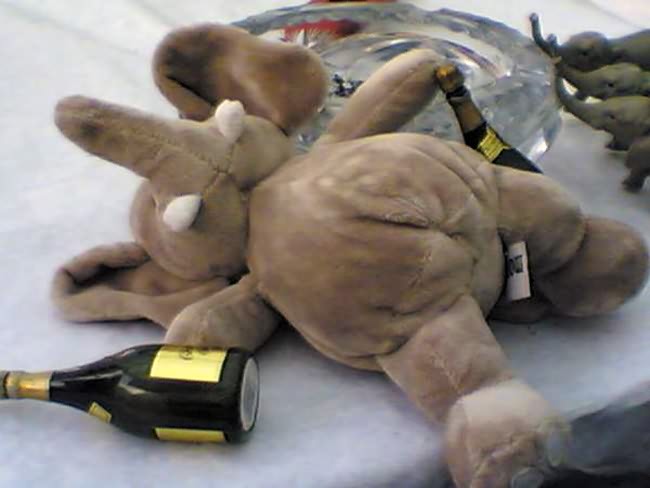
Throughout history, elephants have been worshiped as gods, lauded for their wisdom and memory, and made into mascots for the Republican Party. Like people, elephants are very complex, social animals. This means they exhibit a lot of humanlike behavior. They nurture their young, mourn their dead and love to get absolutely twisted up. Seriously!
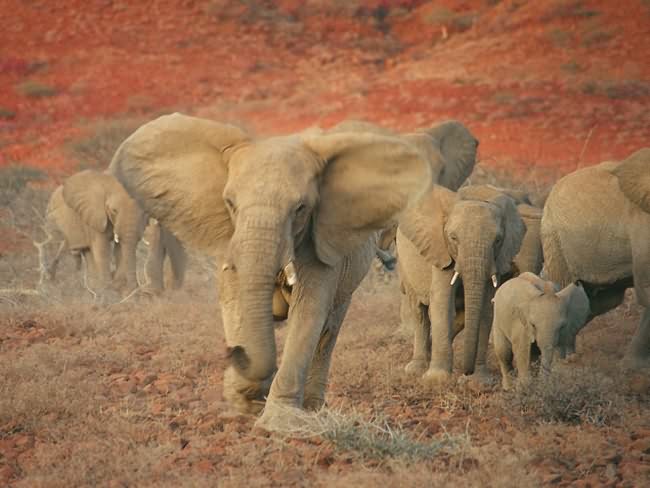
In October of 2007, six young elephants charged into an Indian village, broke into their beer supply, got drunk, uprooted an electrical pole and died horribly. In 2002, another squadron of alcoholic elephants rampaged through a different village, killing six people.

How Common Is It? Alcoholism in elephants is an increasing problem in India and Africa. Being, generally clever, it hasn’t taken elephants long to realize that – because of increasing occurrences of interaction with us – where there are people, there’s liquor.
Bees! Drunken Bees!
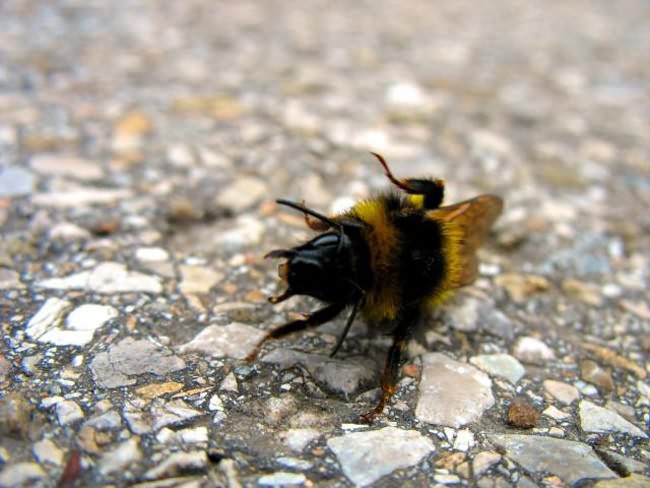
As it turns out, the bee, nature’s communist labor drone, is also another one of nature’s alcoholics. Since they have a similar nervous system to humans, scientists love to provide captive colonies with alcohol to test the effects of intoxication. What? You have trouble finding human volunteers for that?
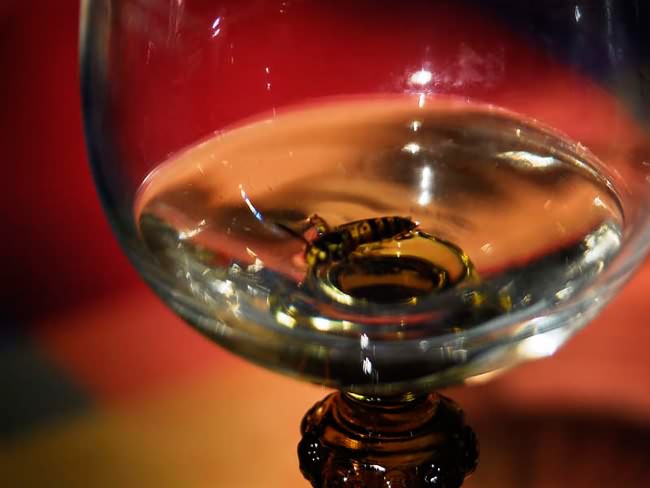
Scientists have noted that drunk bees are less likely to fly, less likely to engage in social behavior and prone to random fits of violence. Some bees get so blitzed that they lose the ability to do anything but lay on their back and kick their fuzzy legs feebly in the air.

How Common Is It? Bees seem drawn to fermented substances for their intoxicating properties, but strict social pressure keeps most of them from descending into alcoholism. To keep production up, queen bees station bouncers outside the hive with strict orders to keep the drunks out.
Jaguars and Their Hallucinogenic Version of Catnip
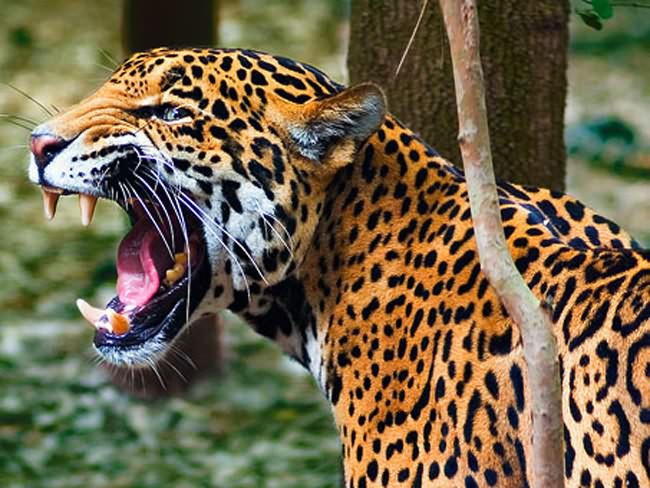
Yes, like their catnip-loving little cousins, Jaguars love to get high. Their choice in intoxicants, however, is considerably more badass. Wild cats looking for a high will seek out the roots of the caapi plant and gnaw on them until they start to hallucinate. It looks even cuter than it sounds.
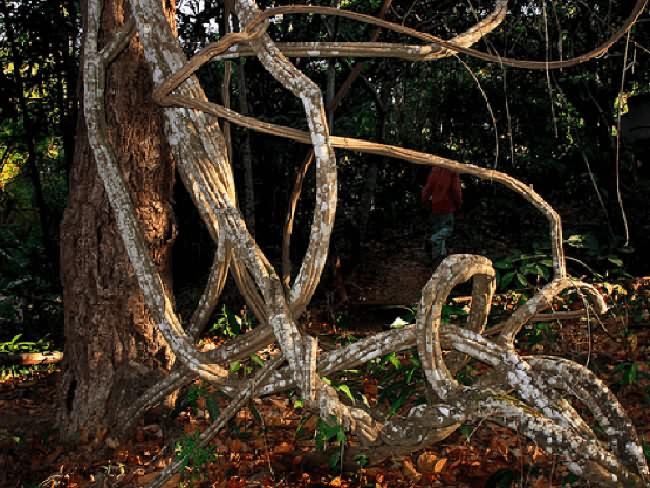
Caapi root contains a variety of powerful MAOIs (chemicals like you find in antidepressants), which heightens the animal’s senses as well as causing them to trip balls.

How Common Is It? Very. The plant heightens their senses so they may sense the benefit. Or maybe the just like to get high as a kite. Either way, there are plenty of jaguar junkies slinking around the rainforest.
Horses Love the Locoweed

Spotted locoweed, a type of legume that acts as a mind-altering drug. Apparently locoweed is to horses what nicotine is to people: an extremely addictive drug that kills them slowly over the course of several years.
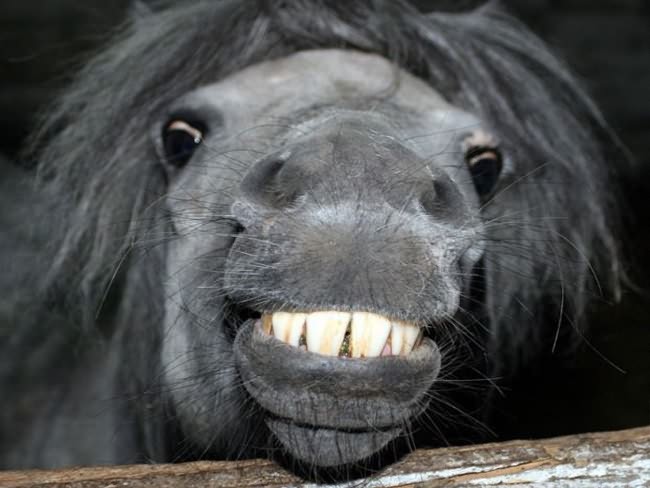
During the lean winter months, locoweed is the only green plant available in some pastures. Horses first seek it out for its nutritious goodness, but keep coming back for its psychoactive effects.
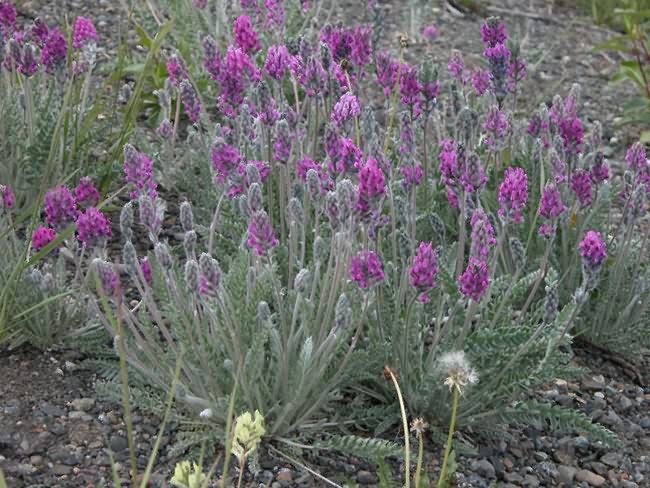
How Common Is It? Because it is so dangerous to herds, ranchers are constantly on guard for signs of locoweed use. But, like marijuana, locoweed grows everywhere and is virtually impossible to fully eradicate. Educational literature distributed to warn horses of the dangers of locoweed has, so far, been ineffective.
Reindeer Love ‘Shrooms
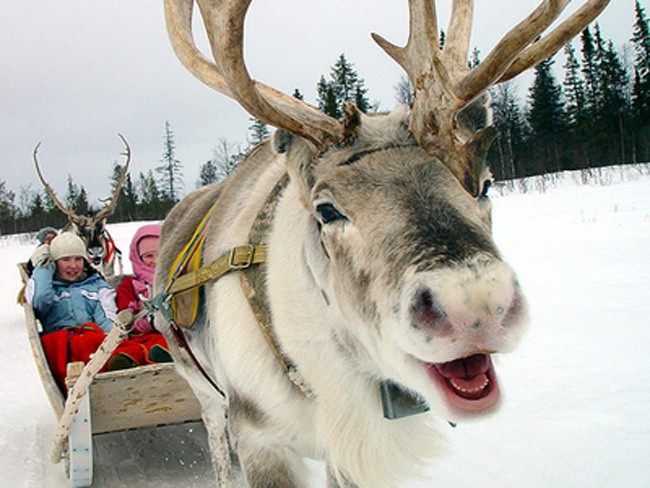
Let’s talk about urine for a moment. The body does not actually metabolize psychedelic mushrooms, so most of the psychoactive compounds get washed out with the user’s pee. If you collect that urine and drink it, you will trip almost as hard as if you’d eaten the mushrooms yourself. Many native Alaskan tribes stretch out their supply of mushrooms this way. The priests eat the ‘shrooms and the followers drink their urine.
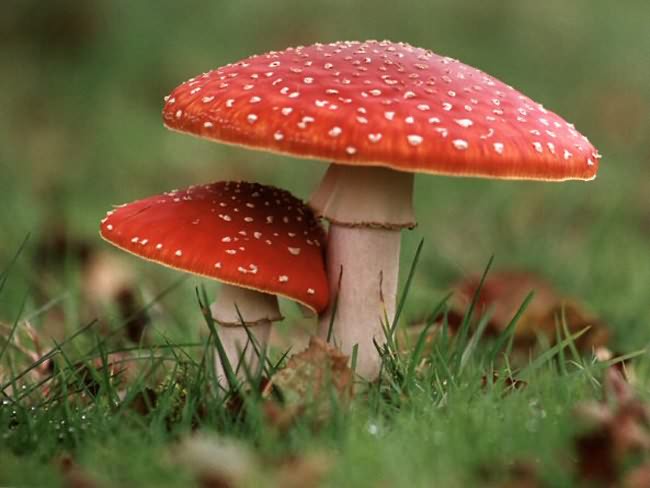
How does this tie into reindeer? Like most wild herbivores, reindeer have a very firm constitution that allows them to eat all manner of nasty plants and fungi without getting sick. Many strains of hallucinogenic mushrooms are toxic to human beings, but not toxic to reindeer. Native shamans noticed this when they observed the deer seeking out poisonous mushrooms, eating them and then capering about like characters in a Disney cartoon.

How Common Is It? Sadly, the glorious human/reindeer urine exchange is less common today than it once was. Experts speculate this may be due to the decline in mystical shamans and the invention of drugs that can get you high without forcing you to drink reindeer piss.



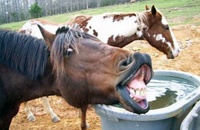


GIPHY App Key not set. Please check settings